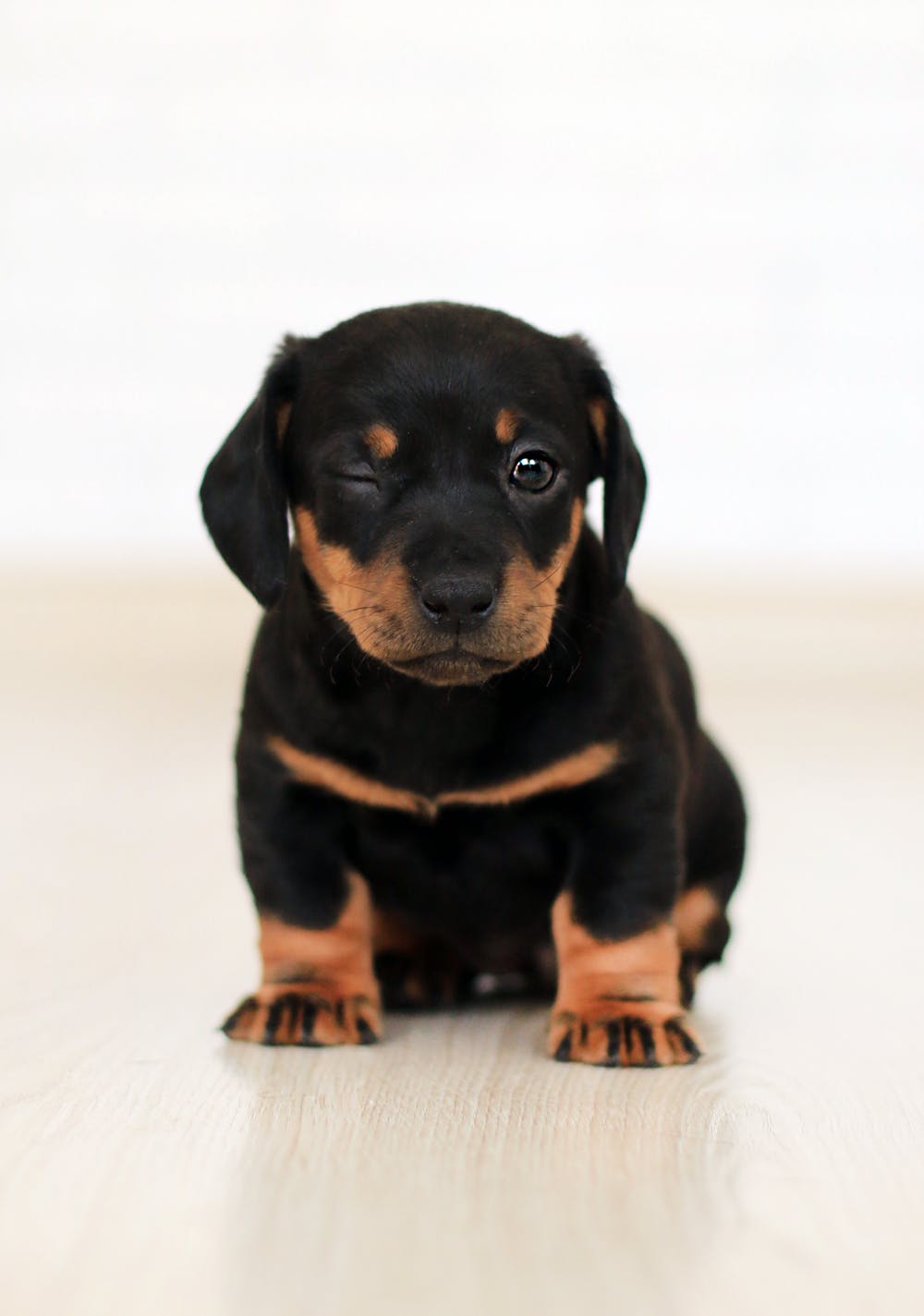Pet-Proofing Your Rental
Allowing tenants to have pets can greatly boost interest in a property, but with welcoming pets also come numerous concerns over property damages. Theses tips offer a variety of solutions to prevent property damage while also creating a safe environment for pets.

A recent poll by the American Pet Products Association found that in the United States, 44% of all households own a dog, while 35% own a cat. Welcoming four-legged companions is an enormous incentive for pet owners, and it is no surprise that countless private businesses have embraced pet-friendliness to easily appeal to such a large - and growing - customer base. Allowing tenants to have pets can greatly boost interest in a property, but with welcoming pets also come numerous (and understandable) concerns over property damages caused by chewing, scratching and the like. The tips below offer a variety of solutions, from easy hacks to pet-proofing projects, to prevent property damage while also creating a safe environment for pets.
Pet-proofing projects
Property makeovers are the best way to minimize property damage by investing in durable, long-lasting solutions. While they may require additional costs and work, property makeovers designed to thoroughly pet-proof are the most secure way to protect a property and increase the safety of pets.

Vinyl, linoleum and tile floors are tough, impermeable and scratch resistant. Converting existing flooring into one of those durable alternatives significantly reduces the likelihood of flooring damage that results from the activity of pets and their potential ‘indoor accidents’.
Bamboo is a good option if a warmer look is desired, as it is harder than most wooden flooring, making it not so vulnerable to scratches, and it is also not as permeable having less natural grooves.
Polyurethane can be utilized to seal wooden floors if pursuing a complete floor makeover is out of the question.
High-gloss, semi-gloss and satin paints result in hard, moisture-proof finishes that are preferable when it comes to preserving and protecting walls. These finishes create washable surfaces that are not vulnerable to stains and chips.
Easy and affordable hacks
If pursuing a complete property makeover is not feasible, encouraging tenants to pet-proof their living space is still possible and certainly adequate to avoid damages. The ideas below describe affordable, easy and efficient ways to protect indoor spaces and promoting the safety of pets.

Area rugs are ideal for making spaces look welcoming and cozy while avoiding risks associated with carpet flooring. They add a personal touch to pet-resistant flooring, while also being easy to replace as needed.
Outdoor rugs can be utilized indoors as they are naturally more durable and designed for easy cleanup. They are available in many different patterns and shapes that can suit most indoor spaces.

Shelves and wall hangings allow decorative pieces, houseplants and more delicate items to be displayed while being out of reach of curious pets. Taking into account how far off the ground pets can reach is fundamental to make sure that anything sharp, valuable or toxic is safely stored, and shelving helps with utilizing height as a practical advantage.
Thick, heavy blinds are preferable to fabric curtains and flimsy plastic shades. Dragging fabric, noisy blinds and hanging cords invite biting and pulling, which is why shorter draw strings and heavier materials are a safer option.

Plexiglass and lucite panels are inexpensive and can be affixed to doors and windows to add a layer of protection from scratches.
Non-textured furnishings minimizes the scratching and biting appeal that most texturized materials have for pets.
Metal, plastics and resin furnishings are sleek and thus less stimulating than wool, leather, and other coarse surfaces that make for inviting scratch and bite posts.
Microfiber and heavy, tightly-woven fabrics are most resistant to tear and wear, which is important to consider when choosing linens, couches, armchairs and similar home decor.
Baby gates can be used to separate pet-friendly spaces from other areas, especially those prone to housing products that are not safe for pets or displaying more delicate furnishings or flooring.

